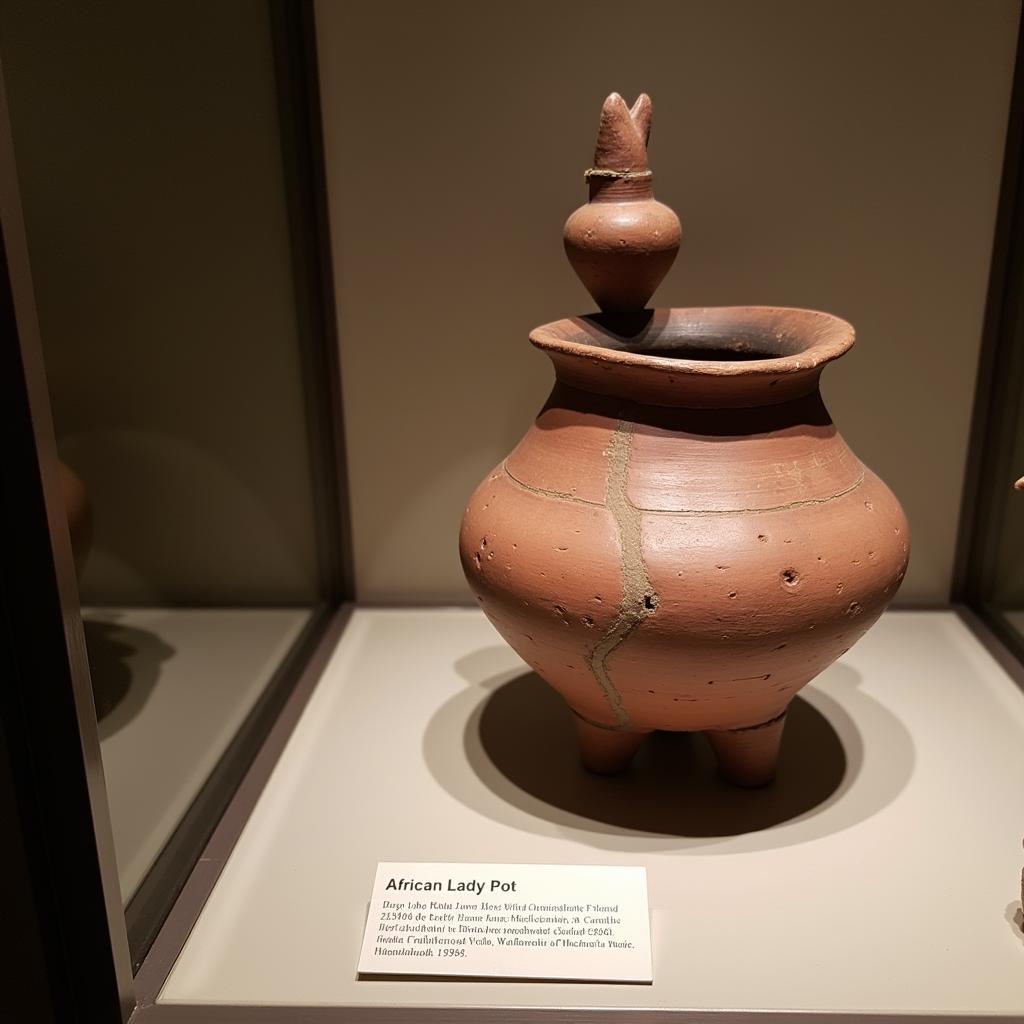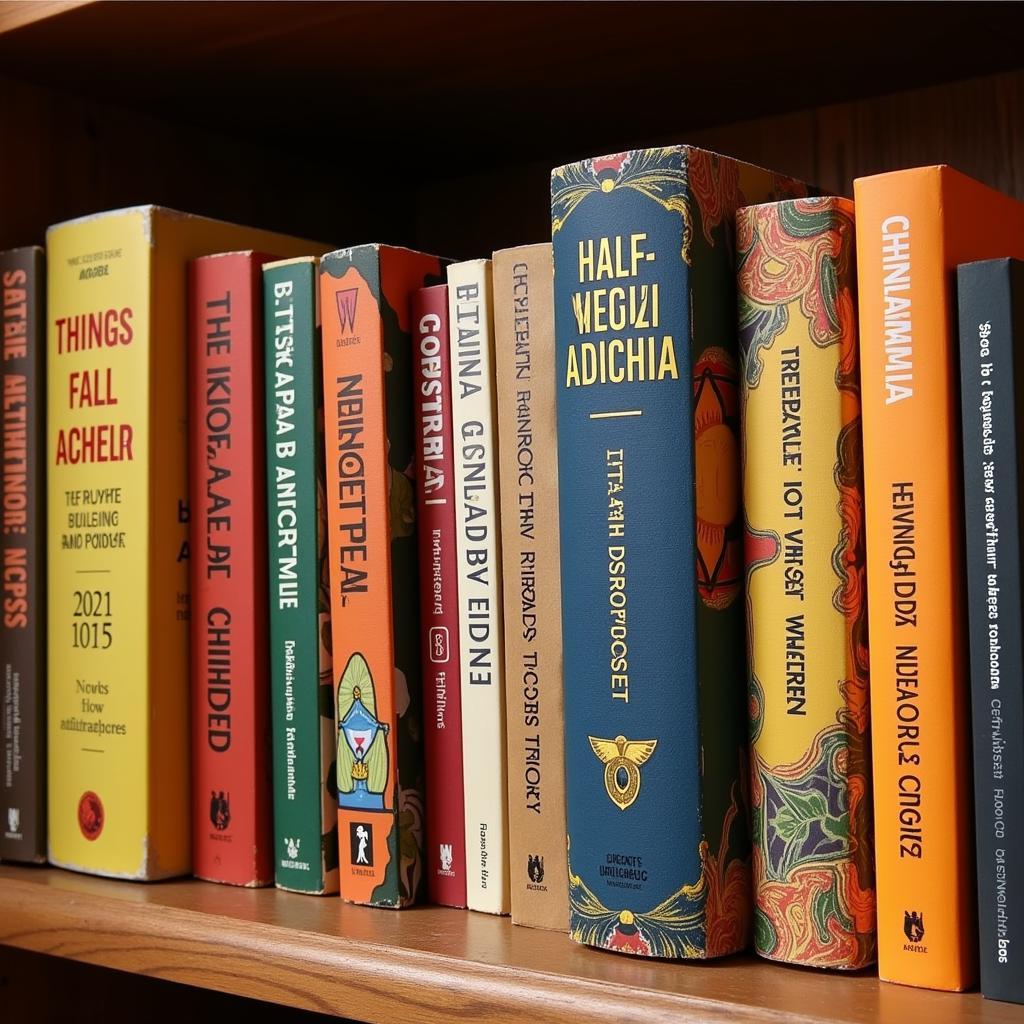The African Blackwood Plant: A Deep Dive into Dalbergia Melanoxylon
The African Blackwood Plant, scientifically known as Dalbergia melanoxylon, is a highly valued tree species native to the dry, sub-Saharan regions of Africa. Its dense, dark heartwood is renowned for its beauty, durability, and resonance, making it a prized material for musical instruments, furniture, and other high-end crafts. This article explores the fascinating world of the African blackwood, covering its botanical characteristics, cultural significance, economic importance, and the challenges surrounding its conservation.
African blackwood trees are slow-growing, typically reaching heights of 10-15 meters. They thrive in arid and semi-arid environments, often found in savannas and woodlands. Their ability to withstand harsh conditions contributes to the density and resilience of their wood. This remarkable adaptability has made it a key species in its native ecosystems. More information on African wood can be found at african wood.
Botanical Characteristics of the African Blackwood
The Dalbergia melanoxylon possesses distinct botanical features. Its leaves are compound, with small, oval leaflets arranged alternately along the stem. The bark is rough and greyish-brown, providing a stark contrast to the dark heartwood within. The small, fragrant white flowers of the African blackwood blossom in clusters, adding a touch of delicate beauty to its otherwise rugged appearance. These flowers eventually develop into flat, papery pods containing seeds.
Cultural and Economic Significance of African Blackwood
The African blackwood holds profound cultural and economic significance across various African communities. Traditionally, its wood has been used to craft musical instruments such as clarinets, oboes, and flutes, prized for their rich tonal qualities. In some cultures, the wood is also used in ceremonial objects and carvings, reflecting its esteemed status. The demand for African blackwood has led to a thriving international trade, particularly for the production of high-quality musical instruments. You can find information about African blackwood utensils at african black wood utensils.
Conservation Concerns and Sustainable Practices
The increasing demand for African blackwood has raised concerns about its sustainability. Over-harvesting and habitat loss pose significant threats to the species’ survival. Efforts are underway to promote sustainable harvesting practices and reforestation initiatives to ensure the long-term viability of this valuable resource. For those interested in growing their own trees, you can find more about african blackwood seeds for sale.
What are the main threats to African blackwood populations?
The primary threats include over-harvesting, habitat destruction due to agriculture and deforestation, and climate change, which exacerbates drought conditions.
The Future of African Blackwood
The future of the African blackwood depends on concerted efforts to balance economic interests with conservation imperatives. Promoting sustainable harvesting methods, supporting reforestation programs, and exploring alternative materials for musical instruments are crucial steps towards ensuring the continued existence of this remarkable tree species. Information about African blackwood plantations in India can be found at african blackwood plantation in india.
How can I contribute to African blackwood conservation?
Supporting organizations working to protect African blackwood habitats, purchasing certified sustainable wood products, and raising awareness about the importance of this species are all valuable contributions.
Conclusion
The African blackwood plant, Dalbergia melanoxylon, is more than just a valuable timber source; it is a symbol of cultural heritage, economic opportunity, and ecological significance. By understanding the challenges facing this species and actively participating in conservation efforts, we can ensure that future generations can continue to benefit from the beauty and utility of the African blackwood.
FAQs
- What is the scientific name of African blackwood? Dalbergia melanoxylon.
- Where does African blackwood grow? Primarily in dry, sub-Saharan regions of Africa.
- What are the primary uses of African blackwood? Musical instruments, furniture, and other high-end crafts.
- Why is African blackwood considered valuable? Its dense, dark heartwood is renowned for its beauty, durability, and resonance.
- Is African blackwood endangered? While not yet officially classified as endangered, it faces significant threats due to over-harvesting and habitat loss.
- What is being done to conserve African blackwood? Sustainable harvesting practices and reforestation initiatives are being promoted.
- How can I identify African blackwood? By its dark heartwood, rough greyish-brown bark, and compound leaves.
You can also learn more about african blackwood tree leaves.
For any support, please contact us at Phone: +255768904061, Email: kaka.mag@gmail.com or visit us at Mbarali DC Mawindi, Kangaga, Tanzania. We have a 24/7 customer support team.



